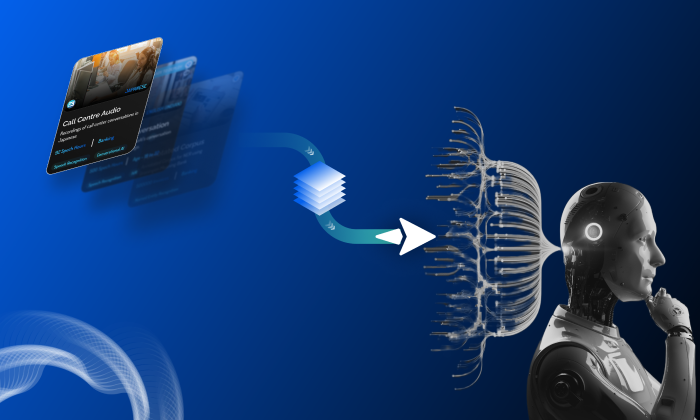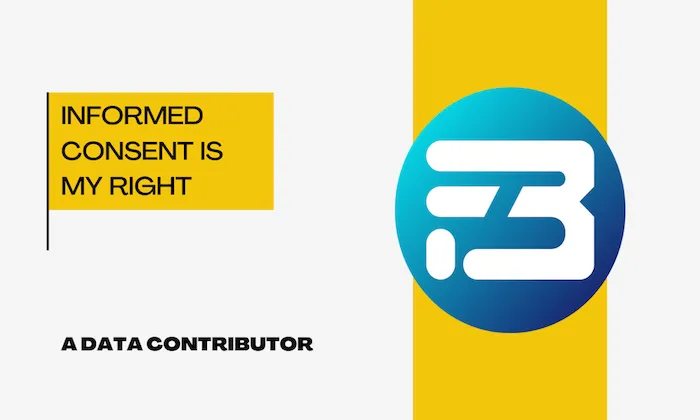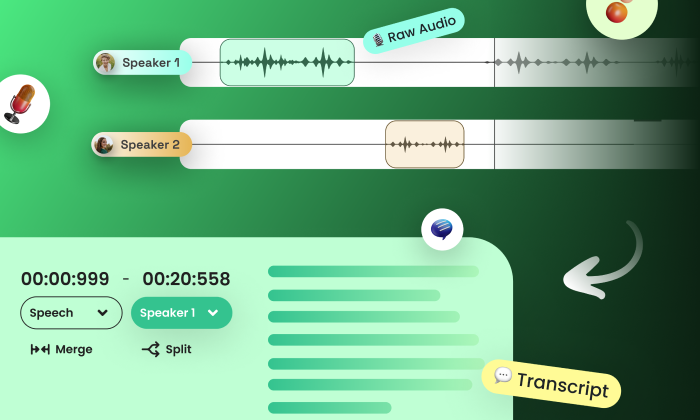How are wake word datasets used to train AI models?
Wake Word
AI Models
Voice Recognition
Wake word datasets train AI to detect trigger phrases by providing diverse, annotated audio examples that power feature extraction and neural-network learning.
What Are Wake Word Recognition Datasets?
Wake word recognition is the foundation of voice-activated AI systems, enabling seamless hands-free interactions. A wake word dataset is a collection of audio recordings featuring specific trigger phrases, such as “Hey Siri” or “OK Google.” These datasets are critical for training AI models to recognize and respond to these phrases, ensuring efficient and accurate user experiences.
Why Speech Data Annotation Drives Wake Word Accuracy
High-quality speech data annotation enables AI models to generalize across different speaking styles, accents, and acoustic environments. These annotations help models:
- Learn from diverse phonetic inputs
- Handle background noise with resilience
- Reduce false triggers and missed activations
FutureBeeAI’s methodology ensures datasets reflect real-world variability, improving recognition performance and user satisfaction.
How Wake Word AI Models Are Trained
Step 1: Data Collection and Annotation
We collect speech samples from speakers across regions, age groups, and noise environments. Each sample is tagged with metadata including:
- Speaker demographics
- Language and dialect
- Acoustic setting (e.g., indoor, outdoor, in-vehicle)
Step 2: Audio Preprocessing and Feature Extraction
Recordings are standardized to 16 kHz, 16-bit mono WAV format. We apply preprocessing such as:
- Noise reduction
- Silence trimming
- Feature extraction (e.g., Mel-frequency cepstral coefficients or MFCCs)
Step 3: Neural Network Training for Wake Word Detection
The processed data is used to train models like CNNs or RNNs. These models learn to:
- Identify wake word signatures
- Ignore non-trigger speech
- Run efficiently on edge devices (e.g., smart speakers or wearables)
Step 4: Validation, Testing, and Performance Monitoring
Models are tested on independent datasets using metrics such as:
- False Rejection Rate (FRR)
- Wake Word Detection Latency
- Precision and Recall
Class balancing and use of negative samples are key to improving detection accuracy.
Real-World Use Cases of Wake Word Data
- Voice Assistants: Companies like Amazon and Google use wake word datasets to improve assistant responsiveness in real-time environments.
- Smart Home Devices: Wake word detection powers seamless control of lights, appliances, and security systems through voice.
- Automotive Systems: Reliable voice-triggered controls enhance safety, allowing drivers to navigate or play media hands-free.
Solving Wake Word Challenges with YUGO
FutureBeeAI’s YUGO platform supports scalable, compliant, and high-performance dataset creation.
Key Advantages
- Diversity by design: Includes accents, dialects, gender, and age diversity
- Real-world simulation: Augmentation techniques (e.g., pitch variation, background noise) prepare models for deployment
- GDPR/CCPA compliance: All data is ethically sourced and securely stored
Key Takeaways
- Multilingual Support: Wake word datasets available in over 100 languages
- Custom and Off-the-Shelf Options: Choose from existing libraries or request domain-specific collection
- Edge-Ready Design: Models trained on our datasets support low-latency, on-device use cases
Next Steps
For AI-first teams building voice-first products, FutureBeeAI offers high-quality, scalable wake word datasets. Whether you need multilingual coverage, dialect-specific data, or edge-optimized training material, we deliver reliable solutions aligned with your goals.
Contact us to explore how our wake word datasets can support your next product release or R&D milestone.
What Else Do People Ask?
Related AI Articles
Browse Matching Datasets
Acquiring high-quality AI datasets has never been easier!!!
Get in touch with our AI data expert now!








